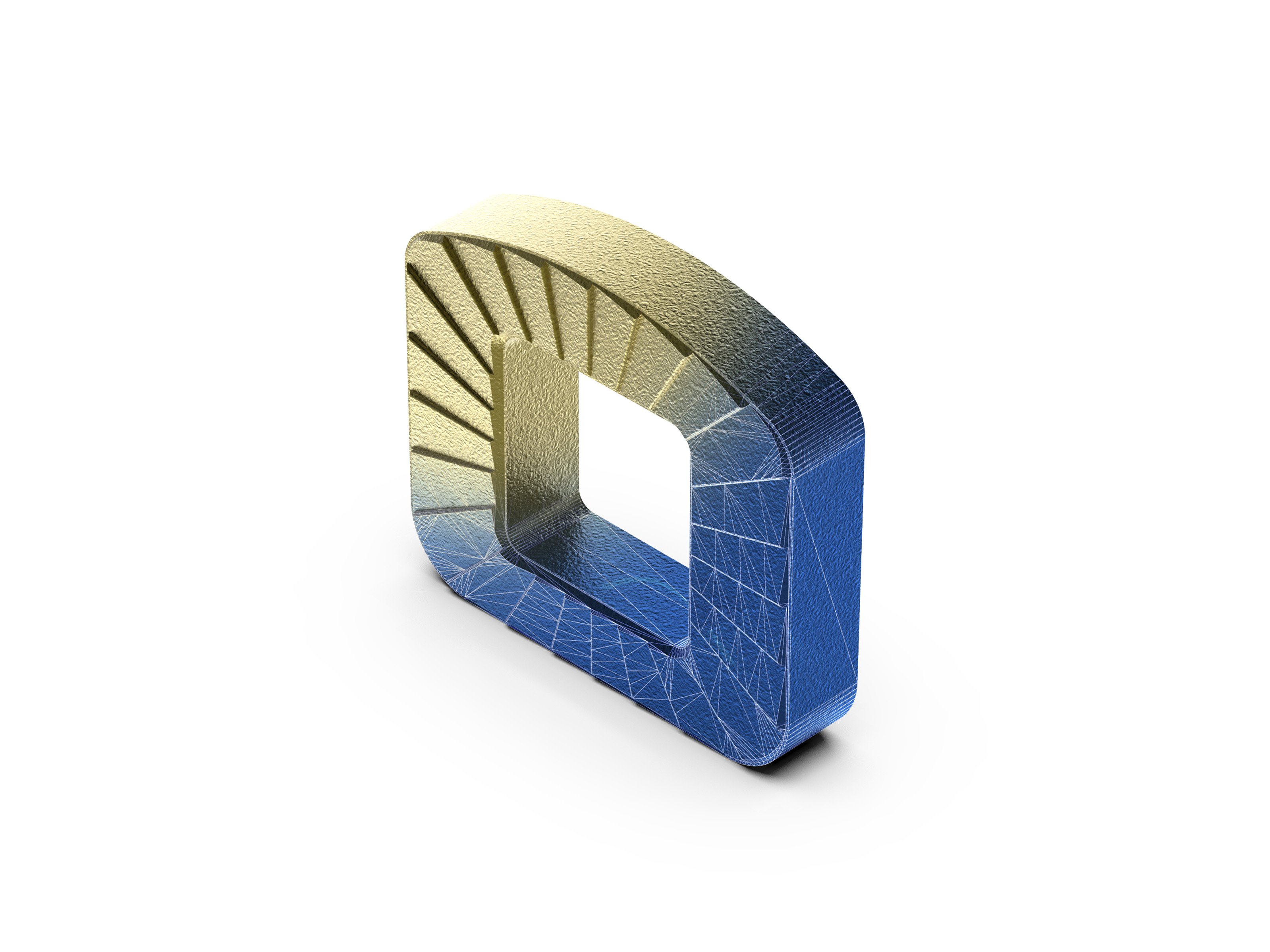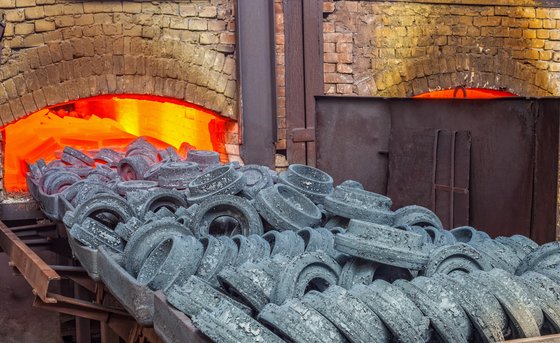
Sintering Technology
Table of Contents
1. What is sintering?
The sintering process is characterized through the fact that the metal alloys are formed into precision parts below their melting temperature. For this purpose, metal powder, depending on the desired alloy, is mixed together and bonded together by heating. The mixture is pressed into the tools and compressed under high pressure. Only after the subsequent heat treatment does the component acquire the desired properties such as strength, hardness or conductivity.
2. Video: What is sintering? Basics about the process
3. A closer look at sintering
Sintering is the process of producing or modifying materials. Despite heating - often under increased pressure - the shape of the workpiece is retained because the heating of the fine-grained ceramic or metallic materials remains below the melting temperature. As the particles of the powdery starting material are compressed and pore spaces are compressed, shrinkage usually occurs during the process.
Basically, sintering processes are of great importance in ceramics production ("sintered glass ceramics") and in metallurgy ("sintered metals" and "powder metallurgy"). Solid-phase sintering must be distinguished from liquid-phase sintering, which also involves melting.
It is only through the temperature treatment of the fine-grained or coarse-grained green body that the sintered product acquires its final properties, such as strength, hardness or thermal conductivity. This can be specifically controlled in the sintering process, depending on the requirements. The green body is formed in a previous process step, such as extrusion.
3.1 The basic principle of sintering
The sintering process begins with the mixing of the granular or powdery materials. The granulate is then heated and bonded together or compacted. This is also the decisive difference to pure melting, because no (at least not all) starting materials are melted. Colloquially, the word "baking together" is often used in this context. Sintering is assigned to the production process "forming" and the category "changing material properties".
Powders have a large surface area and thus a large surface energy.
However, every system strives for a state of lowest free enthalpy (lowest internal energy), which is used in sintering. The surface energy decreases because the individual grains increase in size.
The component solidifies due to the simultaneously increasing proportion of saturated chemical bonds.
After mixing the powders, the powder mass is shaped into the form of the workpiece to be produced. In metallurgy, this is usually done by pressing the powder masses. In ceramics production, shaping and subsequent drying takes place - as in the production of stoneware or earthenware, for example. To ensure that the powder particles hold together well, a binder is often used. For example, in cold casting. The green compact or green body created by pressing is then compressed and hardened by a subsequent heat treatment below the melting temperature.
3.2 At what temperatures does sintering take place?
During sintering - the heat treatment - the components pass through three stages in the furnace:
- Elimination of the binder at temperatures between 300 and 600°C.
- Actual sintering at temperatures of 1,120-1,135°C
- Cooling in the furnace

4. Sequence of the sintering process
1. Mix the raw material of the sintered parts
First, the desired powders or granules for the sintering process are selected and mixed in the appropriate ratio. The additional supply of a lubricant additive is also possible here.
2. Shaping
The so-called green body is formed by molding or pressing the mixed raw material into the die at high pressure. This already corresponds to the shape of the desired sintered product.
3. Compression
Now the actual sintering follows. The high-temperature treatment of the green body causes the powder granules to enlarge and fuse. The open porosity of the sintered parts is significantly reduced. Only now do the desired properties of the component, such as strength, hardness or conductivity, arise.
4. Cooling & finishing
In the penultimate step of the sintering process, after cooling, the post-processing takes place. If necessary, mechanical post-processing and surface treatment are carried out here.
5. Final inspection
After the sintering process is complete, all components are subjected to a comprehensive visual inspection. The entire scope of all criteria and measures of quality control in the sintering technology is coordinated according to the functions and customer requirements.
5. Advantages and disadvantages
Advantages of sintering
The clear advantage of sintering lies in the use and merging of starting materials that are very difficult or impossible to combine in any other way.
Disadvantages of sintering
The remaining porosity is the main disadvantage of the sintering process. From a chemical point of view, macroscopic particles of the starting material are still present, which make the component inhomogeneous and therefore brittle in comparison to metal alloys, for example. This results in permeability for liquids and gases, which is generally undesirable. The result is high waste or the need for impregnation.
6. Sintered products
In general, the constant development and optimisation of new metal powders expands the application possibilities for sintered components. Therefore, the use of sintered components does not only extend to the automotive industry or sectors of household, do-it-yourself and office machines.
- Ceramic production: components such as cutting ceramics, electroporcelain or ceramic magnets
- Production of metal moulded parts: metal moulded and finished parts in large series, as in the
- automotive industry, e.g. bearings and bearing shells, plain bearings, components for engines and gearboxes, screens, filters, permanent magnets and brake linings
- Tool parts or indexable inserts made of hard metals
- Dental technology: production of ceramic teeth, veneers
6.1 What cannot be produced by sintering?
Holes and recesses in a workpiece that lie at right angles to the pressing direction or have a thread.
7. Origin of sintering technology
The sintering process has been used since the invention of ceramics and is constantly being empirically refined. While the firing of porcelain is one of the oldest applications, sintering iron became increasingly important due to the shortage of copper during the Second World War.
Systematic research into the sintering process did not begin until the 1950s, however.
1950s, when metal components began to be produced from powder mouldings.
The knowledge gained from this was subsequently transferred to the handling of high-performance ceramics.
Since the invention of sintering technology in the early 1990s, the sintering process has also been known as laser sintering (LS), because at that time all systems used a laser.
Sintering
The sintering process (sintering technology) is an uncomplicated way to produce moulded parts. Discover the advantages of the process at Richter Formteile. Send you inquiry now!

